Chapter 1, Part 7
Panangkaran’s reign in the kingdom of Medang ended in the year 775, leaving a legacy of a new Buddhist kingdom as well as starting the era of Hindu-Buddhist temple construction within his realm. His successor, Dharanindra, emerged as an even more powerful ruler than Panangkaran. Thanks to Sailendra’s turn to Buddhism and intermarriages with the ruling family of the Sumatra-based Buddhist kingdom of Srivijaya, the Medang-Srivijayan union became a major power in Maritime Southeast Asia.
During his reign Dharanindra, also called King Indra, commissioned the construction of Manjusrigrha, ‘House of Manjusri’ after the most important bodhisattva in Mahayana Buddhist tradition. The design of the temple, however, is believed to have been made during Panangkaran’s rule. Taking the layout of a mandala – a symmetrical shape symbolizing the universe in Buddhism cosmology – the main temple at the center of the plan is a tall structure topped by a distinctive Buddhist stupa. More than 200 smaller structures used to surround the main temple in four directions. However the present name of the temple compound, Candi Sewu or ‘Thousand Temples’, owes to a Javanese folklore of Roro Jonggrang and Bandung Bondowoso.
Once upon a time in Java a prince from a powerful kingdom was mesmerized by the beauty of a princess from a rival kingdom. Bandung Bondowoso, as the prince was called, wanted to marry Roro Jonggrang, the princess, who did not have the will nor the desire to be united with the prince. Instead of saying no, she said to him that she would marry him only under one condition: the prince must build one thousand temples within one night, an impossible task she believed. He agreed.
Summoning demons and other supernatural creatures, the prince sought for their help to finish the otherwise preposterous task for humans. When the 999th temple was completed, the princess and her maids rushed to the barn and began pounding rice, a typical morning activity in Java to start the day. Upon hearing the sound, the spirits returned to their lair thinking dawn was about to break, and left the last temple unfinished.
Historians believe after its completion Manjusrigrha was used as the official temple of Medang for its beauty and grandeur. It was at the time the largest Buddhist temple in Java, and it is believed that a statue of Manjusri once resided at the main sanctum.
Dharanindra’s construction spree did not end despite having built a temple of Manjusrigrha’s scale. To the far northwest of the royal temple he built another shrine called Venuvana, present-day Candi Mendut. Housing the statues of Gautama, Avalokitesvara and Vajrapani, Venuvana was also embellished with bas-reliefs of various bodhisattvas, celestial creatures, Mahayana Buddhist deities, as well as panels of Jataka fable – animal stories of Buddhist teachings found in many temples in Asia.
However Dharanindra’s ambition to project the power of his kingdom was not only limited to building impressive Buddhist temples. He was also keen on conquering foreign lands and incorporating them into the Medang-Srivijayan realm. A multitude of inscriptions discovered throughout the region describe his raids and conquests of Ligor, Champa and the Mekong delta in modern-day southern Thailand, southern Vietnam and Cambodia, respectively, lending him the title Wairiwarawiramardana, ‘the slayer of courageous enemies’. When the Sailendras controlled the Mekong delta, the local ruler was Jayavarman II, the same person who would later establish the Khmer Empire, a kingdom with unrivaled architectural legacy in Southeast Asia.
At home, to further showcase the power of his kingdom, Dharanindra commissioned the construction of a colossal Buddhist temple unlike anything the region had ever seen, one that would become the world’s biggest Buddhist shrine even more than a millennium after its construction. But the king did not live long enough to see its completion for it would take decades to finish Borobudur, how the temple is known today.
Click here for the full list of stories from the Spice Odyssey series.

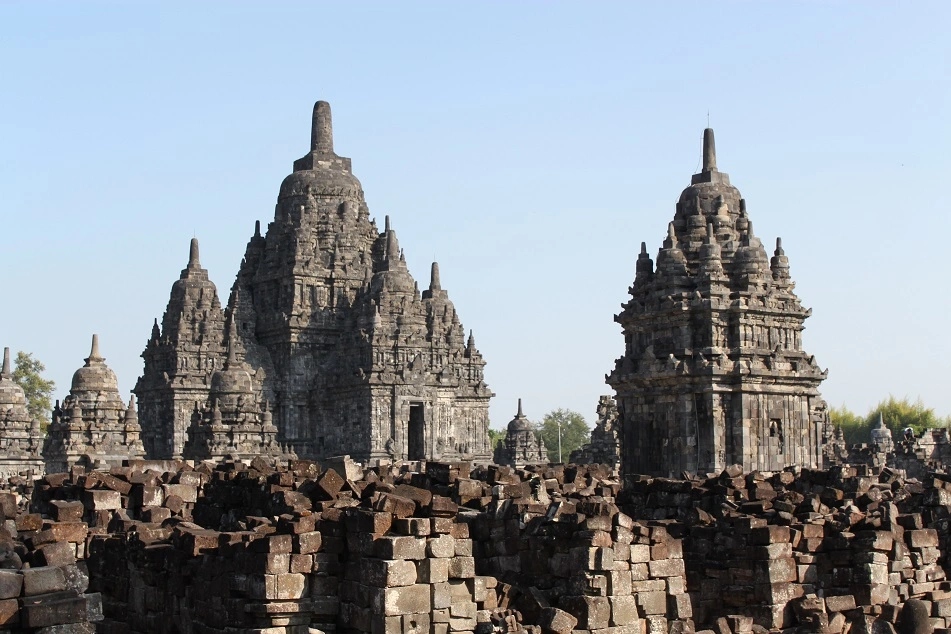
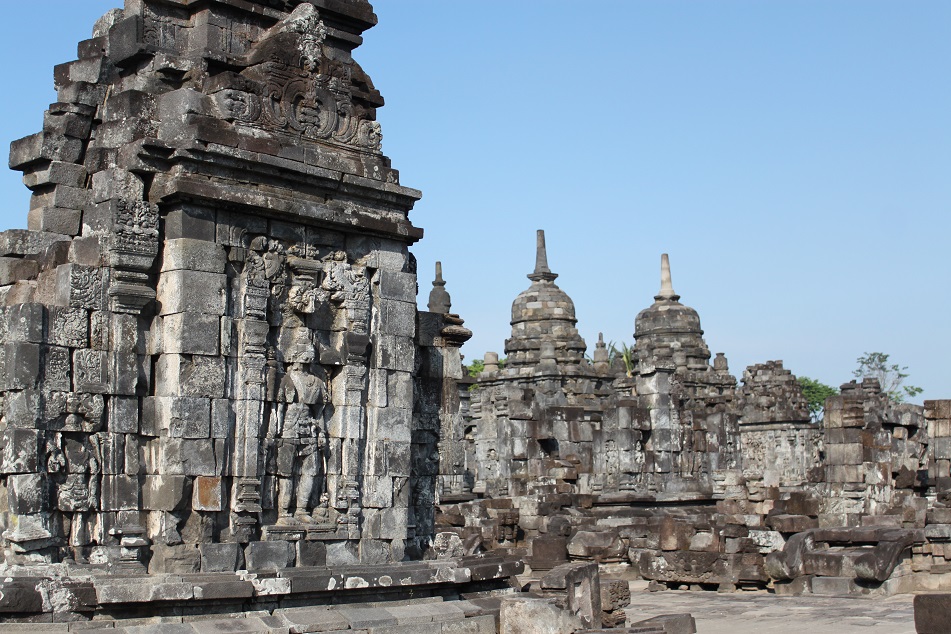










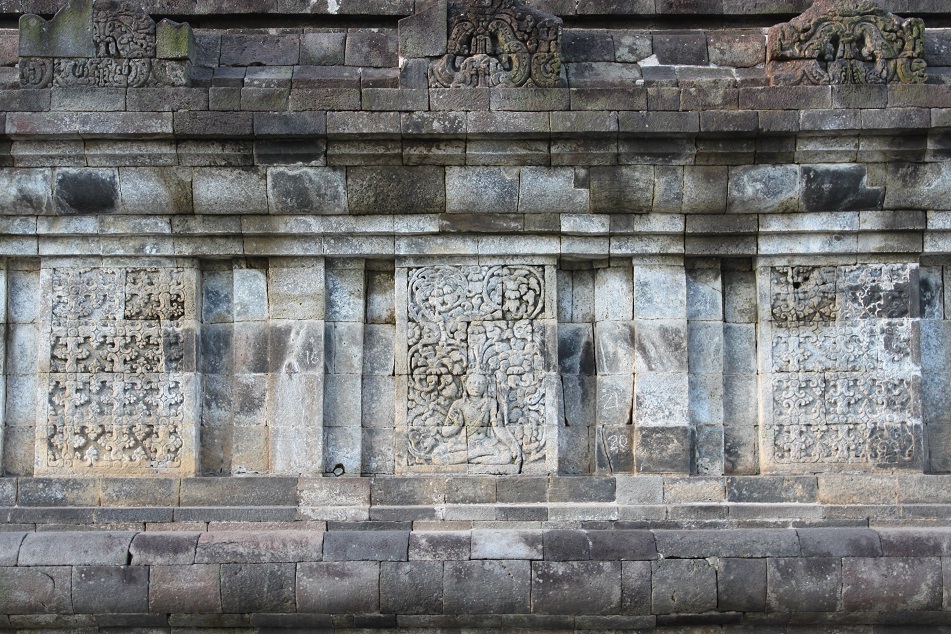
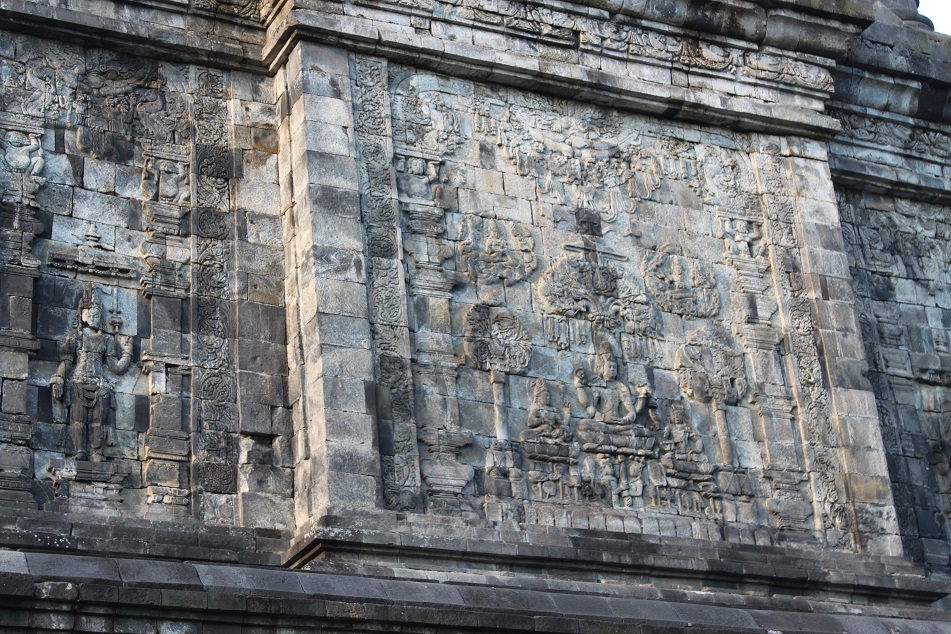


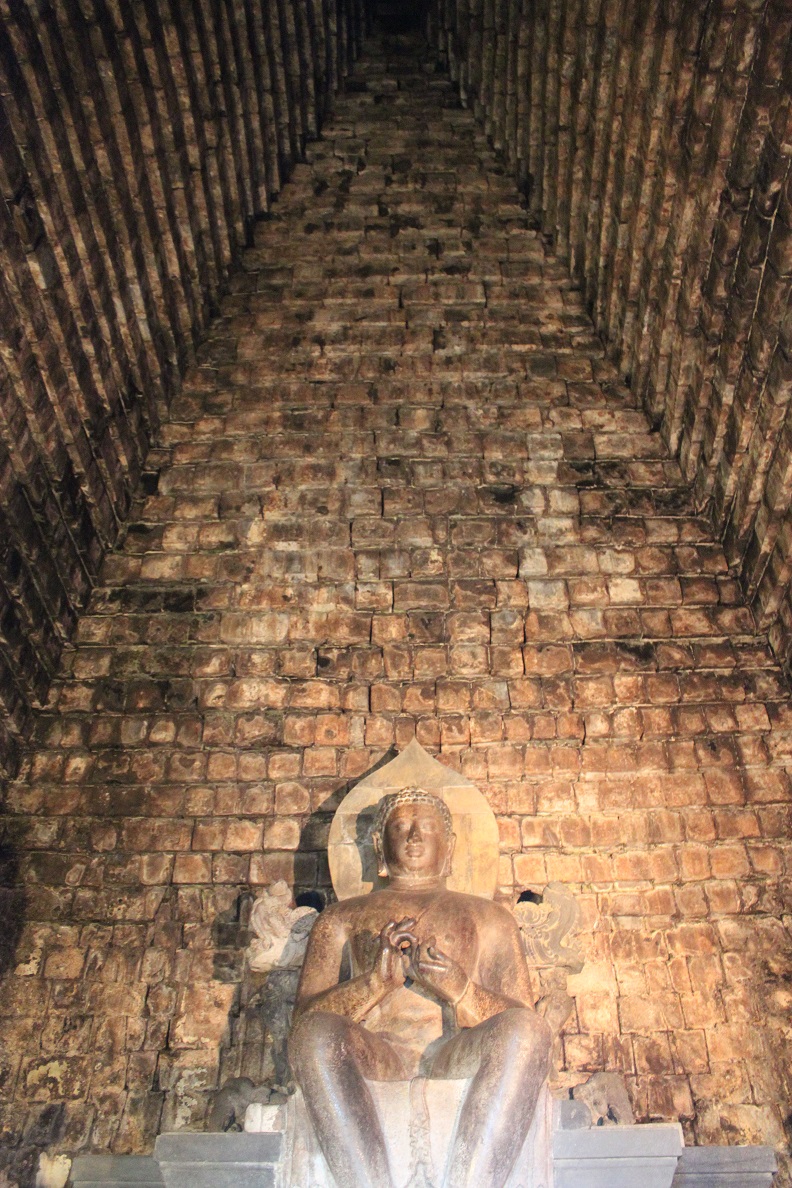



The history of the place is amazing, great article 🙂
LikeLike
Thank you for reading. It’s always interesting to learn the history of less-known places, and sometimes it helps us understand the bigger picture of events that happened in the world.
LikeLiked by 1 person
Thanks for such an interesting and amazing post. What wonders there are in the world!
LikeLike
Thank you! The world is indeed filled with wonders. Let us enrich our perspectives of things by exploring them. 🙂
LikeLiked by 1 person
Indeed, it boggles the mind what creative power humanity has:-) Definitely enriches our perspectives on many fronts. Thank you. Best. Chevvy.
LikeLike
Great Post
LikeLike
Thanks Mukul. Glad you enjoyed this post.
LikeLiked by 1 person
welcome
LikeLike
What an incredible world we live in. Such intricacies.
LikeLike
As Kelly from Compass and Camera put it: the world is a beautifu, terrible place.
LikeLiked by 1 person
Wonderful post – the history of religion in Java is so rich and fascinating
LikeLike
Thanks! The eclectic amalgamation of animist belief, Hindu-Buddhist philosophy, Javanism, and Islam makes Java truly a unique place in the country.
LikeLiked by 1 person
I’m lucky enough to have visited Prambanan again last year – there is never enough time though and so much to see.
LikeLike
I have been to Prambanan at least five times and I never get tired of it. The next time you come you should also visit Sewu, it’s less than 1 km from Prambanan but only receives a trickle of tourists who flock the latter.
LikeLike
Fascinating history, as always. Seems like similar prince/princess stories exist in many cultures throughout the world – as well as those self serving rulers.
LikeLike
History always repeats itself, even among cultures separated thousands of miles away from each other. Power and religion will always play a central role in human history. Thanks Marilyn.
LikeLike
A wonderful post, Bama! The photos leave me amazed at the incredible craftsmanship that has survived through the centuries. I had no idea Candi Sewu, Mendut and Borobudur were all commissioned by the same king. As Marilyn mentioned in her comment, it seems that most ancient rulers were obsessed with leaving some sort of monumental legacy – from the Pyramids of Giza to the temples of Southeast Asia.
You already know that Sewu is my favourite Javanese candi, and I’d love to revisit it the next time we go to Jogja. I was astonished that we had the entire place to ourselves even at 10-11 in the morning!
LikeLiked by 1 person
Thanks James! In most history books Samaratungga (Dharanindra’s successor) is credited as the king who finished the construction of Borobudur, but little is known about the one who commissioned all the candis you mentioned. You see, most of the world’s ancient, grand monuments are religious structures — churches, temples, mosques. Religion, power, and economy will always be the main drive for human to build impressive structures, from ultrahigh skyscrapers to massive stadiums and enormous churches/mosques, world powers always try to outdo one another.
The next time we go to Sewu we have to arrive even earlier!
LikeLike
Selama ini aku pikir legenda Roro Jonggrang berhubungan dengan Candi Prambanan, dan baru kali ini aku dengar kalau legenda itu justru dihubungan dengan Candi Sewu. Tapi entah ya, kok tiba-tiba aku merasa legenda itu memang lebih pas untuk Candi Sewu.
Sama seperti James, aku juga gak berpikir kalau Candi Sewu, Mendut dan Borobudur dibangun atas perintah raja yang sama, yaitu Dharanindra. Selama ini pula aku taunya Borobudur cuma dibangun oleh Dinasti Syailendra, mungkin karena dimulai oleh Dharanindra dan selesai pembangunannya pada masa raja-raja penggantinya.Aku juga belum sempat membuat riset untuk menceritakan kembali candi-candi yang kita kunjungi ini, dan selama ini aku bertanya-tanya kira-kira Candi Mendut itu nama aslinya apa ya? Karena kisah mengenai Roro Mendut itu khan terjadi pada masa yang jauh berbeda setelahnya. Ternyata namanya Venuvana tho. Thanks infonya Bam ,,, menarik banget.
*dan lalu aku bingung mau ambil sudut penceritaan yang mana kalau mau nulis tentang ini* 😀
LikeLike
Sebenernya masih berhubungan kok Bart. Jadi cerita lengkapnya setelah para makhluk halus itu kembali ke sarangnya sehingga candi terakhir tidak selesai dibangun, Bandung Bondowoso marah dan mengutuk Roro Jonggrang menjadi patung, yang tidak lain adalah patung Roro Jonggrang (yang sebenarnya adalah patung Durga) di Candi Siwa. Jadi memang legenda Sewu dan Prambanan ini saling terkait.
Nah selama ini memang raja dari dinasti Syailendra yang paling sering disebut di buku sejarah adalah Samaratungga, karena di mana pemerintahannya lah Borobudur selesai dibangun. Jarang sekali yang mengebutkan mengenai Dharanindra.
Sama-sama Bart. Kamu ambil sudutnya coba dari kanan bawah, agak miring ke kiri dikit deh. 🙂
LikeLike
Great info….and beautiful pics! Its true there is always more to notice when you visit again. Im wondering if you have ever been inside the the Tara temple not far from prambanan. It was closed when I was there….and I gather its even older than the temples @ Prambanan….I just remember it having a special feeling about it. : )) Trees
LikeLiked by 1 person
Thank you! There’s always something new to discover in each visit, and that is exactly why I never get bored of going to Javanese ancient temples. When you say Tara temple, do you mean Kalasan? Because it was dedicated for Tara, and it is believed to be one of the oldest temples in Prambanan plain.
LikeLike
yep thats the one : ))
LikeLike
I actually wrote about it on my previous post. See if the photos bring back some fond memories to you.
LikeLiked by 1 person
Uh oh !!! Will go and have a look. Thanks : ))
LikeLike
No worries. 🙂
LikeLike
Wonderful photos Bama. It’s so very much like Angkor Wat and the other ancient buildings of that area.
Alison
LikeLike
Thank you, Alison. It is indeed believed that the Khmer kings were inspired by the temples in Java to build those magnificent temples of Angkor. So the Javanese were inspired by the Indians, and the Khmer by the Javanese. Even today we also inspire each other, don’t we?
LikeLiked by 1 person
Thanks Bama! Visual treat and food for thought! I share this please
LikeLike
You’re welcome, and thank you for reading and sharing this post.
LikeLike
Reblogged this on chithankalai and commented:
Visual Treat and Food for Thought! Great work by Bama
LikeLike
I am particularly fond of any type of archaeological ruin. But, I am always drawn to ones like this. You have beautifully photographed them. The architecture is amazing and so different than elsewhere in the world. I would love to go some day. Thank you for the detailed post.
LikeLike
Thanks! There are so many ancient temples in Java, and each has its own distinct characters. Sewu is definitely one of my favorites, not only because of its architecture but also the fact that it is far less popular than nearby Prambanan (I will post about this temple soon). Hope you’ll get the opportunity to visit this part of the world sooner than later!
LikeLiked by 1 person
Me too! Thanks for taking me there in the meantime.
LikeLike
My pleasure.
LikeLiked by 1 person
Truly impressive! Well researched and great images, Bama!
LikeLike
Thank you, Indah. Javanese ancient temples are always a source of inspiration and fascination for me.
LikeLike
Beautiful, all these post have made me wanna take a trip to the other side of the world 🙂 Thank you for sharing.
LikeLike
And thank you for reading and sharing your thought. Hope you’ll make that journey in the near future. 🙂
LikeLiked by 1 person
Such a magnificent piece of history you show here Bama with both words and photos. The story about Bandung Bondowoso being mesmerized by the beauty of Roro Jonggrang adds so much excitement to the past. Stories like you’ve passed on here are just the type of thing that makes me want to go visit and feel those mysterious pieces of the past.
LikeLike
History and legend intertwine and form the local belief in many parts of the world. It’s always interesting to learn how temples, volcanoes, caves etc perceived by the local people, and there is always wisdom in every story. I would love to read your stories on Javanese temples one day, Randall.
LikeLike
Pingback: Prambanan: Resurgence of Hinduism in Java | What an Amazing World!
Pingback: Pramodhawardhani: the Buddhist Patroness in Hindu Java | What an Amazing World!
Pingback: Ratu Boko: A Palace of Conundrum | What an Amazing World!
Thanks for another outstanding post Bama! The Hariti Goddess relief reminds me of the reliefs in Angkor Thom. That’s a strange sitting posture for Vairocana. Don’t think I have seen that one before.
LikeLike
Thanks again, Madhu. Angkor Thom is one of my favorite temples in the area, but somehow I missed the Hariti reliefs there. The sitting posture of Vairocana at Candi Mendut is indeed unconventional. I have yet to find the meaning of this.
LikeLike
Madhu, I just read a book on Borobudur published by the state-owned company that manages the UNESCO World Heritage site, and apparently that image at the center of the sanctum is actually Gautama. I have revised the information in this post accordingly.
LikeLiked by 1 person
Pingback: Rise of Islam in Java | What an Amazing World!
Amazing post bro 💪
Visit my site
LikeLike
Terima kasih sudah mampir di blog saya.
LikeLike
Pingback: Ngempon, Twelve Centuries Later | What an Amazing World!
Pingback: Javanese Royal Palaces: Surakarta | What an Amazing World!